Is the cost of insuring art holding back culture in Switzerland?
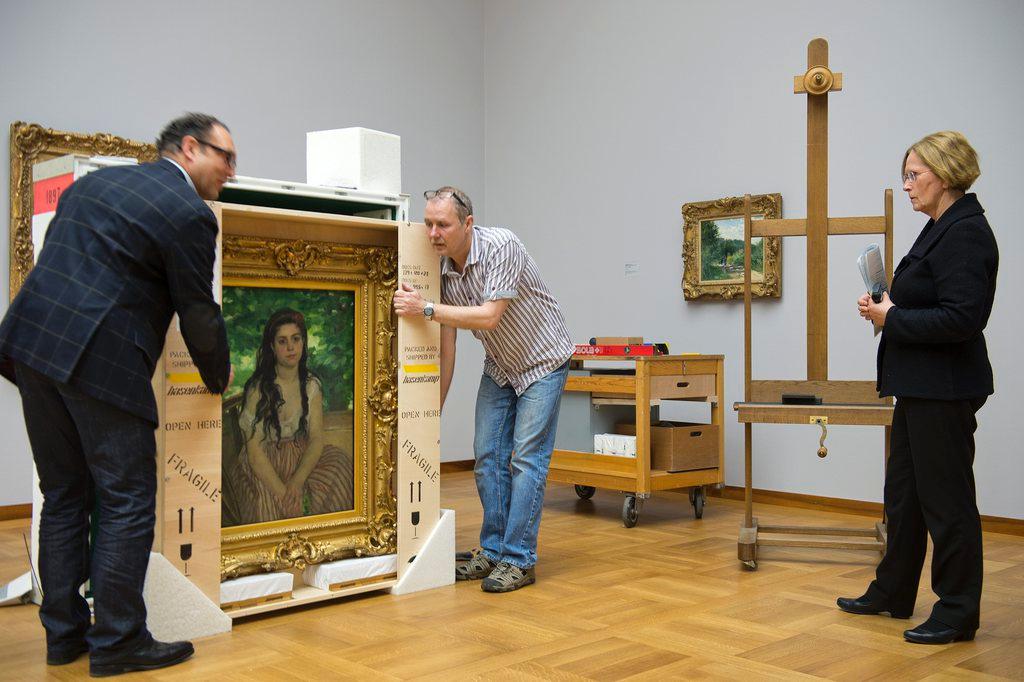
Paying out CHF20 to see a Vincent van Gogh exhibition at one of Switzerland's art museums can seem like a lot. Imagine then the museum’s task of footing a bill of millions of Swiss francs to insure the art, while in surrounding countries governments take on the liability, saving both institutions and visitors cash.
When a Swiss museum is loaned artwork for an exhibition, it covers the cost of commercial insurance itself. Balancing borrowing important pieces to be put on show and the large amounts of money to insure it, is a challenging task.
In some other countries, a government liability scheme allows cultural institutions to show off masterpieces that would otherwise cost the earth to insure privately.
“It’s always an issue, we always think of it,” Stefan Charles, director of administration for the Basel Museum of Fine Arts (Kunstmuseum Basel) told swissinfo.ch.
“For example, you know an exhibition of Picasso’s work is going to be very expensive. We probably will have these kind of exhibitions every few years, because we have to find sponsors and a lot of supporters for these kind of projects.”
Though the museum would not reveal exact figures, around two-thirds of the overall budget is publicly funded and goes on staffing and operations costs, the rest is for exhibitions and acquisitions, and is generated privately by the museum, coming from sponsors such as Credit Suisse.
The Basel Fine Art Museum boasts on its website that it has “one of the largest and oldest public museum collections in Europe”.
This director from such a major Swiss art institution wants the government guarantee to boost the level and frequency of exhibitions showing loaned art in Switzerland, fearing that what the Swiss have to offer in terms of high-profile shows will flag behind the international standards achieved in places such as London or Paris.
And he’s not alone, other museums around the country want the insurance setup that’s already proved successful in numerous other parts of the world such as Britain, France and Spain for many years.
In Zurich a municipal insurance scheme exists for institutions owned by the city. It offers members a preferential rate on insurance premiums due to a contract between the municipality and two commercial insurers.
The Museum Rietberg, a publically-owned institution that specialises in art from Asia, Africa and Ancient America joined the scheme at the start of 2013.
“State indemnity would be a wonderful thing for a museum, just because you’re not paying any money for the premium…no cash would be flowing from the museums,” Andrea Kuprecht, registrar of the Museum Rietberg told swissinfo.ch.
“We once heard someone explain that if something came from Geneva [to Zurich – at the opposite end of the country] you would need something like a state indemnity for every canton [that the art passed through], which is not feasible … and cannot be solved at this point.”
Responsibility for and decisions concerning art are taken at a local level, not federal, so for the time being, this complication to introducing a government indemnity scheme has not been resolved.
Market-driven value
For those faced with spiraling costs of insurance as the art market drives up values, a government liability scheme would bring more stability to their budgeting for this area.
“Our overall budget for the whole institution is CHF21 million ($21.7 million) per year,” Charles said, adding that 40% of the exhibition costs go on insurance. “That varies from a few hundred thousand to a few million Swiss francs per exhibition.”
Art prices are rising, even though the insurance premiums are actually going down for the Basel Fine Art Museum. The end result is a yearly increase of 10% on the final cost of insuring such items according to Charles.
“If this [insurance costs] goes up 10% every single year, it’s going to be more complicated or too costly to show and organise a great or large exhibition … or just exhibitions of artists that have a very high market price.”
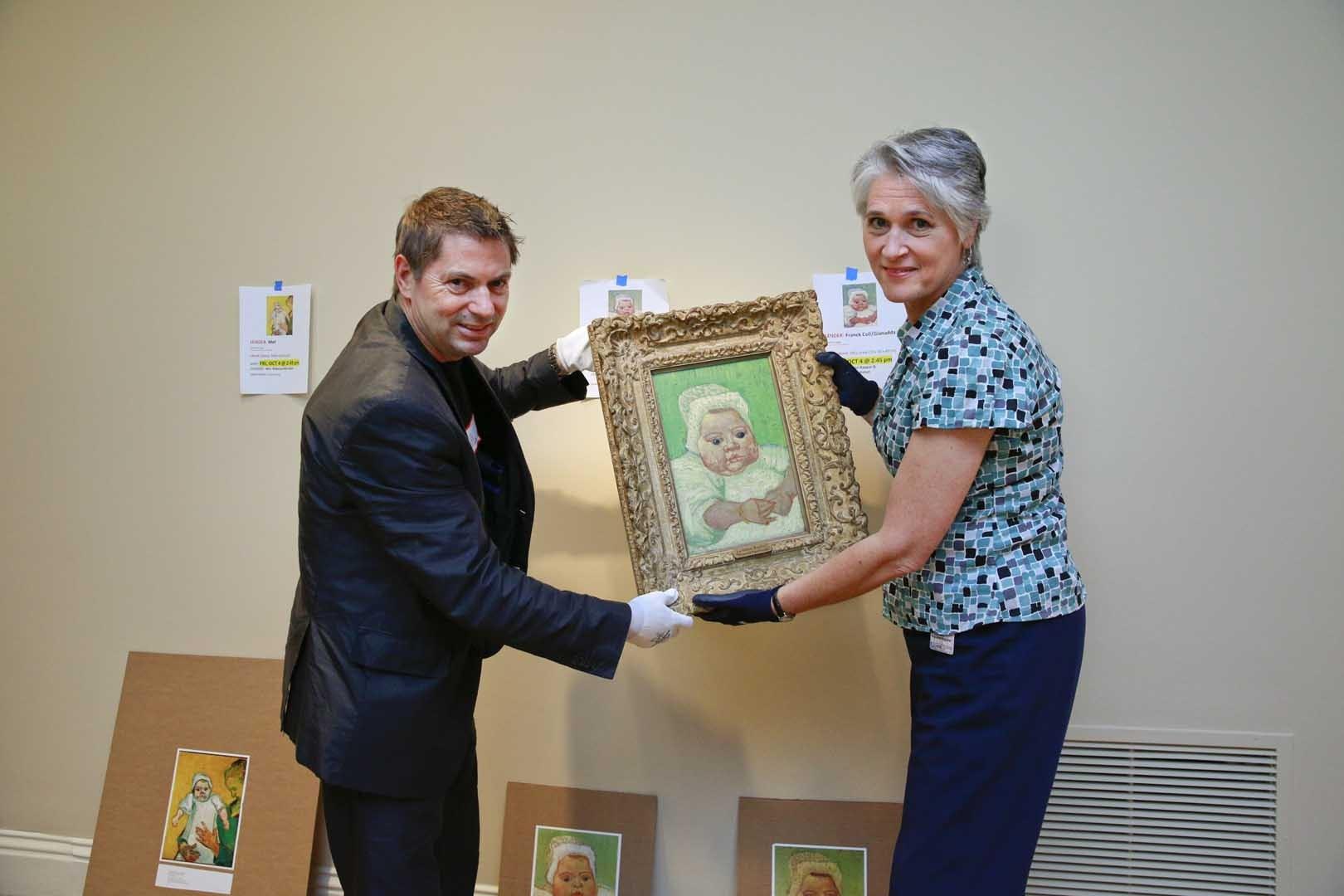
More
Masterpieces on the move
How it works elsewhere
A study by the European Commission in 2010 looked at how 31 countries insured loaned art, and how state guarantees worked in practice where it had been introduced.
As the first nation to adopt government liability for loaned art in 1975, the US held 746 exhibitions that benefited from it between then and 2010. Its cost to the government up to that point was $105,000 (CHF102,000), consisting of covering administrative expenses and two incidents of “minor damage”.
The study stated that “the objective is not only to aid museums financially, but also to promote cultural exchanges and sometimes cultural representation at the regional and national level”.
The “public benefit” to be gained from this type of exchange was one of the major reasons behind a state liability scheme’s introduction in Britain in 1980, according to Anastasia Tennant, an advisor at the Arts Council UK, which deals with the administration of the scheme.
Non-national institutions have to apply at least three months in advance each time they want to set up an exhibition under the government scheme, giving “environmental readings and details about their security”.
National institutions can benefit from the scheme only when they are borrowing items. Their own collections are not covered by the scheme if they loan them out within Britain, as this would result in the government insuring itself – a pointless endeavour. In this case the loan is at their own risk.
“Most museums and galleries wouldn’t be able to hold the exhibitions that they do without the scheme. So it has benefited everybody – both the museums and the public,” Tennant told swissinfo.ch.
“The whole scheme works because there are so few claims, that is mainly due to the very good security and handling of the objects,” she said.
One teething issue they experienced was bringing smaller institutions up to scratch in terms of their security arrangements, staffing and the setting of environmental factors to protect the loaned objects. Extra funding was introduced to make sure this happened.
However these issues are ones the Swiss government sees as insurmountable. The Cabinet has already made its position on a government liability scheme clear in a position paper for Swiss cultural policy between 2016 and 2020, to be discussed in parliament in 2015.
Stating that while Switzerland would be “committing itself” to take on the “cost of damage amounting to millions” in a worst case scenario, it would at the same time be unable to influence risk management policies at private museums.
The paper concluded that because “neither the amount nor the likelihood of damage occurring is calculable”, the financial risk was too high to support such a scheme.
Controversial loans
Very specific exhibitions can cause difficulties outside the normal bounds of an insurance scheme.
The Museum Rietberg was arranging an exhibition including rare Persian manuscripts from Tehran in 2011. But an embargo on trade with Iran made finding insurance close to impossible, as if something had happened to the pieces, compensating the lender would have been prohibited.
The situation was resolved when the State Secretariat for Economic Affairs (SECO) gave special permission for such a transaction to take place, if it did come to a claim. The museum could find only one insurer who would take on the task.
“We were victims of our unusual situation and paid a fair premium in the end,” said Kuprecht.
Many government indemnity schemes also do not include claims made by third parties, stating their entitlement to the loaned object.
In Britain, a gallery or museum has to go through vigorous procedures to prove that they have done everything possible to check the provenance of an object before displaying it, said Tennant. Separate legislation in Britain gives immunity from seizure on loaned objects, when the museum has met certain, very stringent conditions.
Alternatives
Sponsorship of high-profile exhibitions featuring particularly valuable items is increasingly becoming the status quo to cover costs.
The Bern History Museum clearly stated on their website for the ‘Qin – the Eternal Emperor and his Terracotta Warriors’ exhibition in 2013 that, “such an extraordinary event is only possible with the support of a strong partner”.
Like the 2009 Vincent van Gogh exhibition at the Basel Fine Art Museum, Qin’s time in Bern was supported by Swiss bank UBS. However for Charles, engaging supporters for long-term support over a number of years rather than for one specific show makes more sense.
“We have contracts for three years or more, so that we have some stability and support … this is our strategy.”
Swiss art heists
Though rare, occasional thefts of famous works of art do occur. In Zurich in 2008, four oil paintings by Paul Cezanne, Edgar Degas, Claude Monet and Vincent van Gogh, valued at CHF180 million at the time, were stolen from the E.G. Buhrle collection by balaclava-clad gunmen. It was the biggest art heist in Swiss history and one of the largest in Europe. Two pieces were found abandoned a week later, and two remaining works were eventually returned to the collection four years on.
Two Picasso oil paintings on loan from the Sprengel museum in Germany to the Seedamm Culture Centre in Pfäffikon were also stolen in 2008. They were found three years later in Serbia.

In compliance with the JTI standards
More: SWI swissinfo.ch certified by the Journalism Trust Initiative

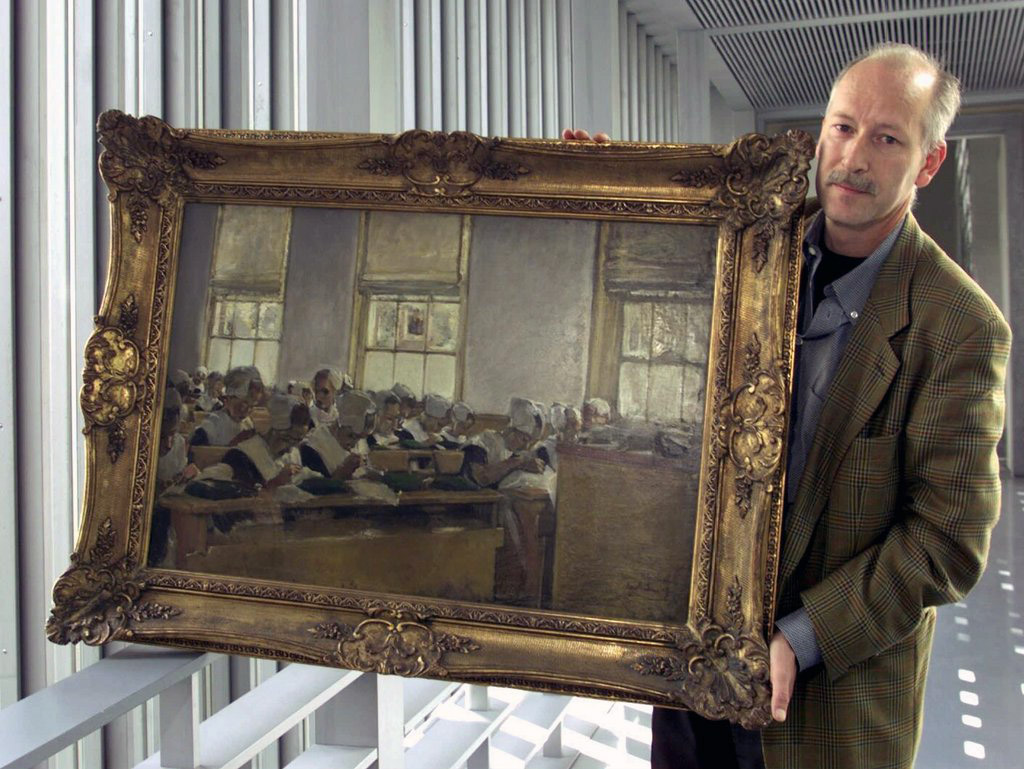
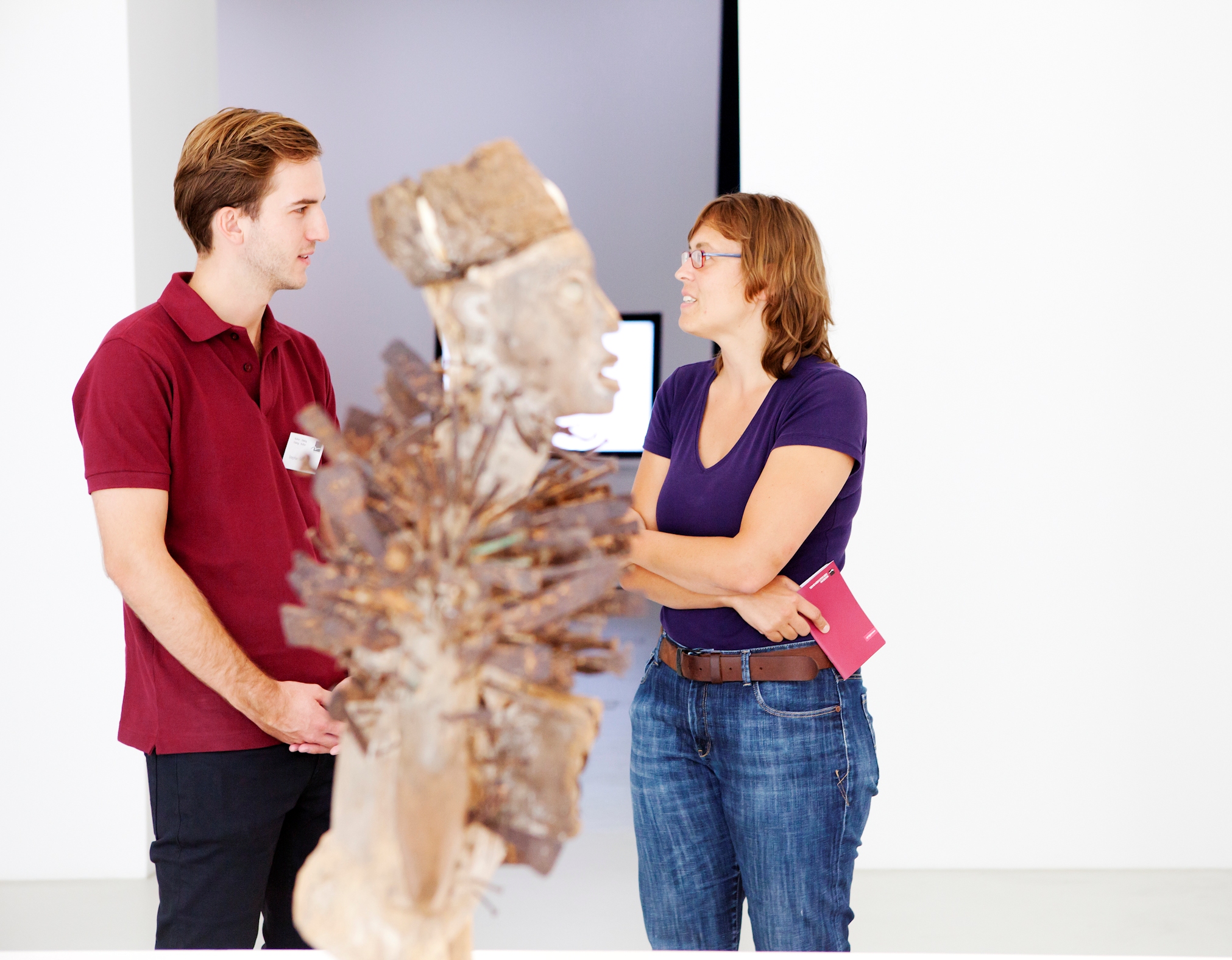
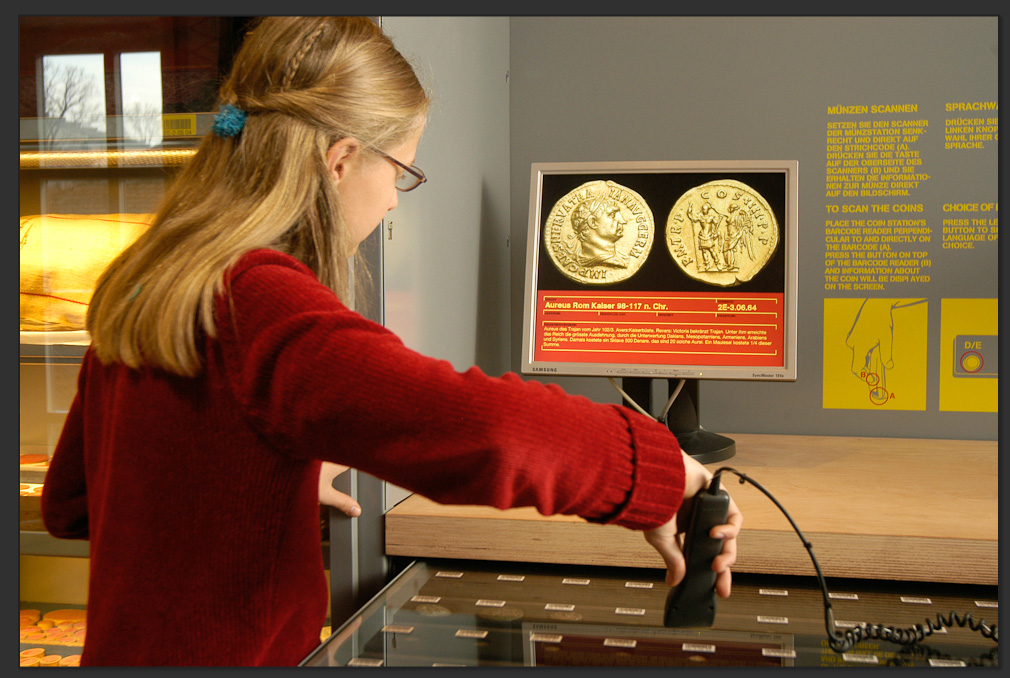
You can find an overview of ongoing debates with our journalists here. Please join us!
If you want to start a conversation about a topic raised in this article or want to report factual errors, email us at english@swissinfo.ch.